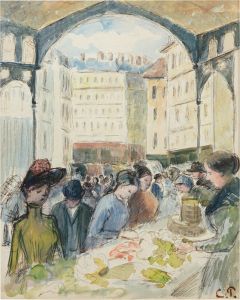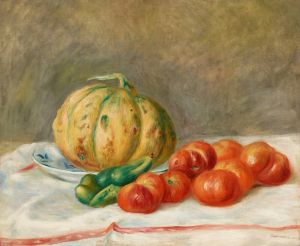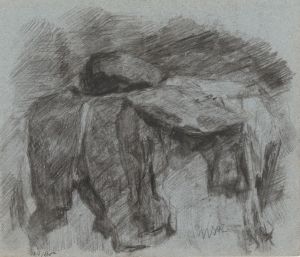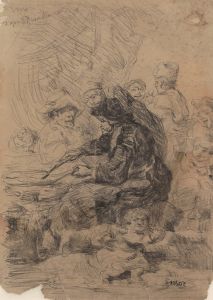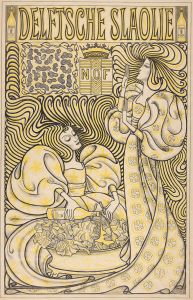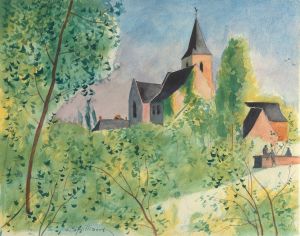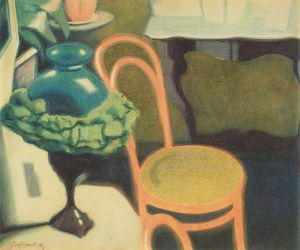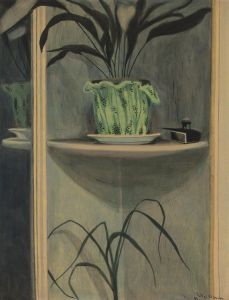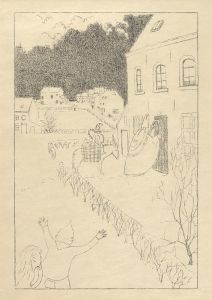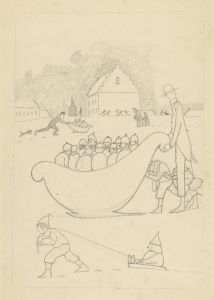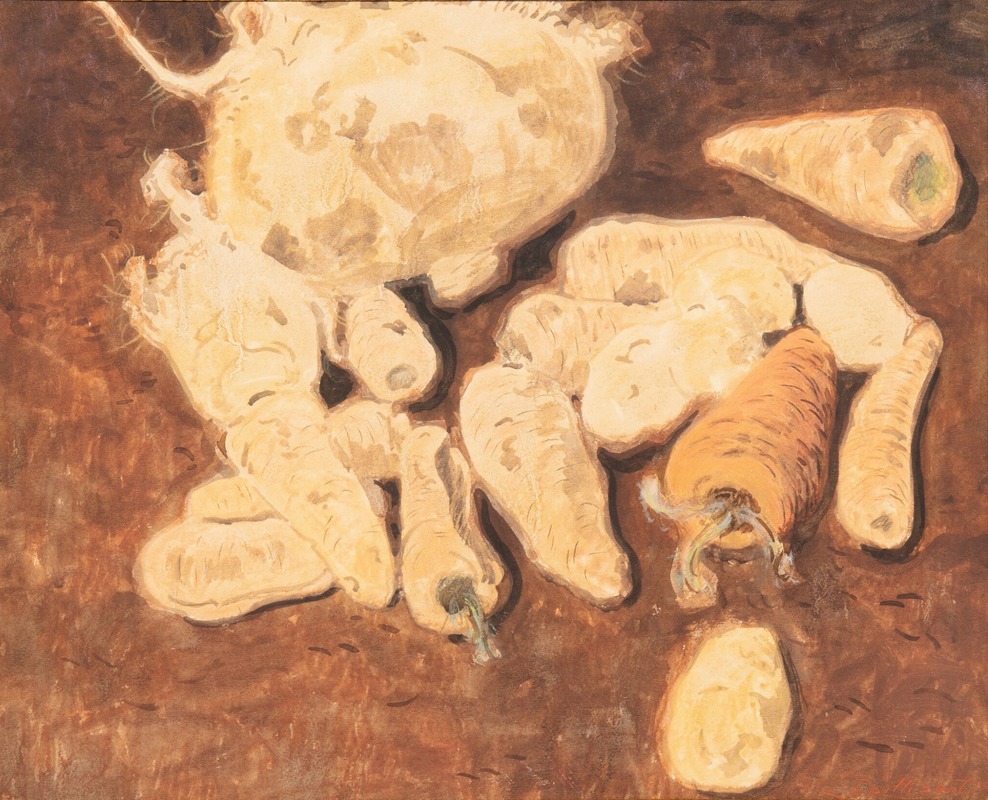
Nature morte aux navets et carottes
A hand-painted replica of Léon Spilliaert’s masterpiece Nature morte aux navets et carottes, meticulously crafted by professional artists to capture the true essence of the original. Each piece is created with museum-quality canvas and rare mineral pigments, carefully painted by experienced artists with delicate brushstrokes and rich, layered colors to perfectly recreate the texture of the original artwork. Unlike machine-printed reproductions, this hand-painted version brings the painting to life, infused with the artist’s emotions and skill in every stroke. Whether for personal collection or home decoration, it instantly elevates the artistic atmosphere of any space.
Léon Spilliaert was a Belgian symbolist painter and graphic artist, known for his unique style that often combined elements of symbolism and expressionism. Born in Ostend, Belgium, in 1881, Spilliaert developed a distinctive artistic voice that was characterized by a moody and introspective quality. His works often explored themes of solitude, introspection, and the metaphysical, frequently featuring stark contrasts and a limited color palette.
"Nature morte aux navets et carottes" (Still Life with Turnips and Carrots) is one of Spilliaert's lesser-known works, yet it exemplifies his ability to infuse everyday subjects with a sense of mystery and depth. While specific details about the creation date and circumstances of this painting are not widely documented, it is consistent with Spilliaert's broader oeuvre, which often included still lifes alongside his more famous landscapes and portraits.
In "Nature morte aux navets et carottes," Spilliaert employs a minimalist approach, focusing on a simple arrangement of vegetables. The composition likely reflects his interest in the interplay of light and shadow, a hallmark of his style. Spilliaert's still lifes are known for their stark simplicity and the way they capture the essence of the objects depicted, often evoking a contemplative mood.
The painting's subdued color palette and careful attention to form and texture are typical of Spilliaert's work. His use of color is often restrained, allowing the viewer to focus on the shapes and the subtle gradations of light and shadow. This approach creates a sense of quiet intensity, inviting viewers to engage with the painting on a deeper, more introspective level.
Spilliaert's work, including his still lifes, is often associated with the broader symbolist movement, which sought to express the emotional and spiritual dimensions of human experience. Although he was not formally aligned with any specific artistic group, Spilliaert's work shares affinities with the symbolists' interest in the inner world and the exploration of existential themes.
Throughout his career, Spilliaert remained somewhat of an outsider in the art world, working independently and often in isolation. Despite this, his work has gained recognition for its unique vision and emotional depth. Today, Spilliaert is regarded as one of Belgium's most important artists, and his works are held in major collections around the world.
"Nature morte aux navets et carottes" is a testament to Spilliaert's ability to transform ordinary subjects into profound artistic statements. Through his masterful use of composition, light, and shadow, Spilliaert invites viewers to see beyond the surface and to contemplate the deeper meanings that lie beneath. While this particular painting may not be as widely known as some of his other works, it nonetheless captures the essence of Spilliaert's artistic vision and his enduring contribution to the world of art.







